Advertisements have been around for centuries. During ancient Roman times, pantomime shows, animal hunts, and some products were advertised to attract the people. They are the archeological artifacts that give us a pretty good idea of our culture, interests, and priorities. They can also demonstrate the absolute worst excesses of any society as you can see in the following sexist ads from the 20th century. These vintage ads depict how women have been shamed and humiliated in the past for ridiculous reasons. Of course, some advertisements are still sexist but these early ads were more blatant, and some of them are downright offensive.



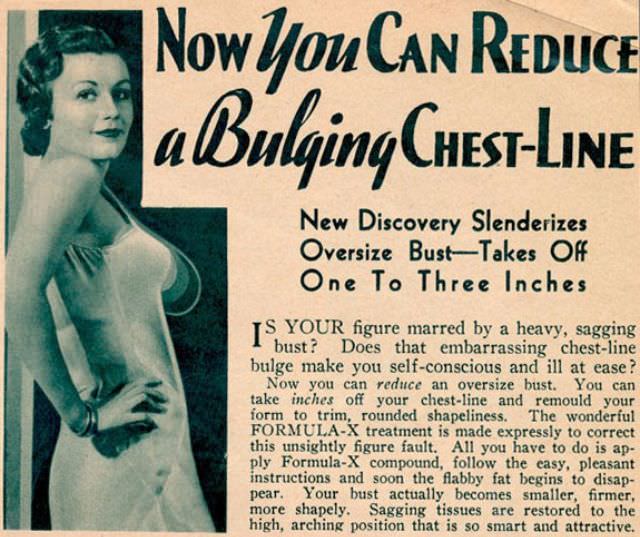






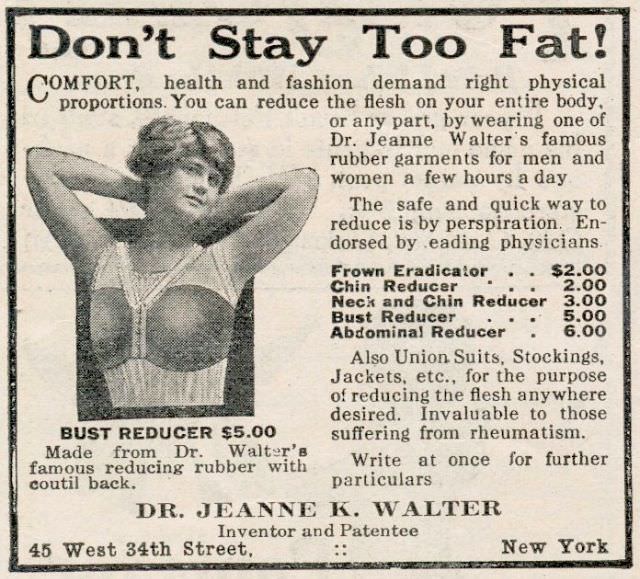






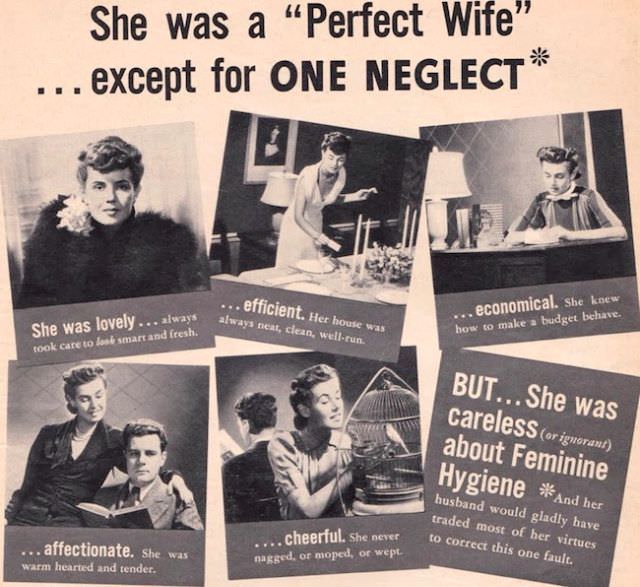


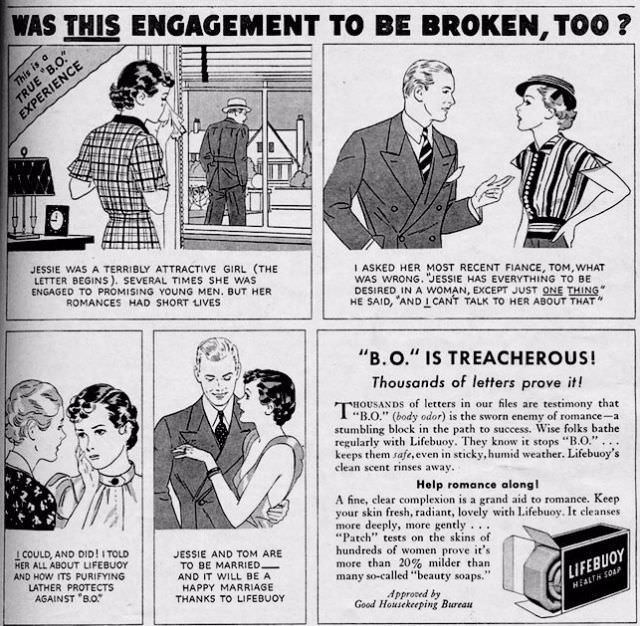




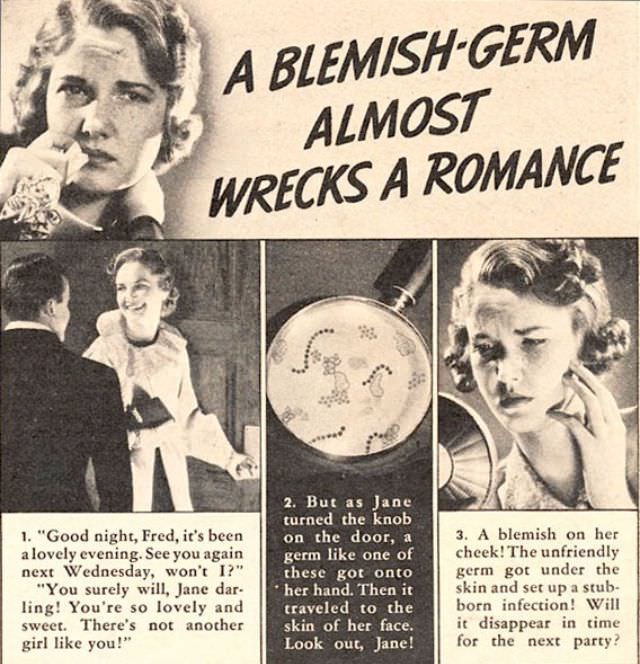




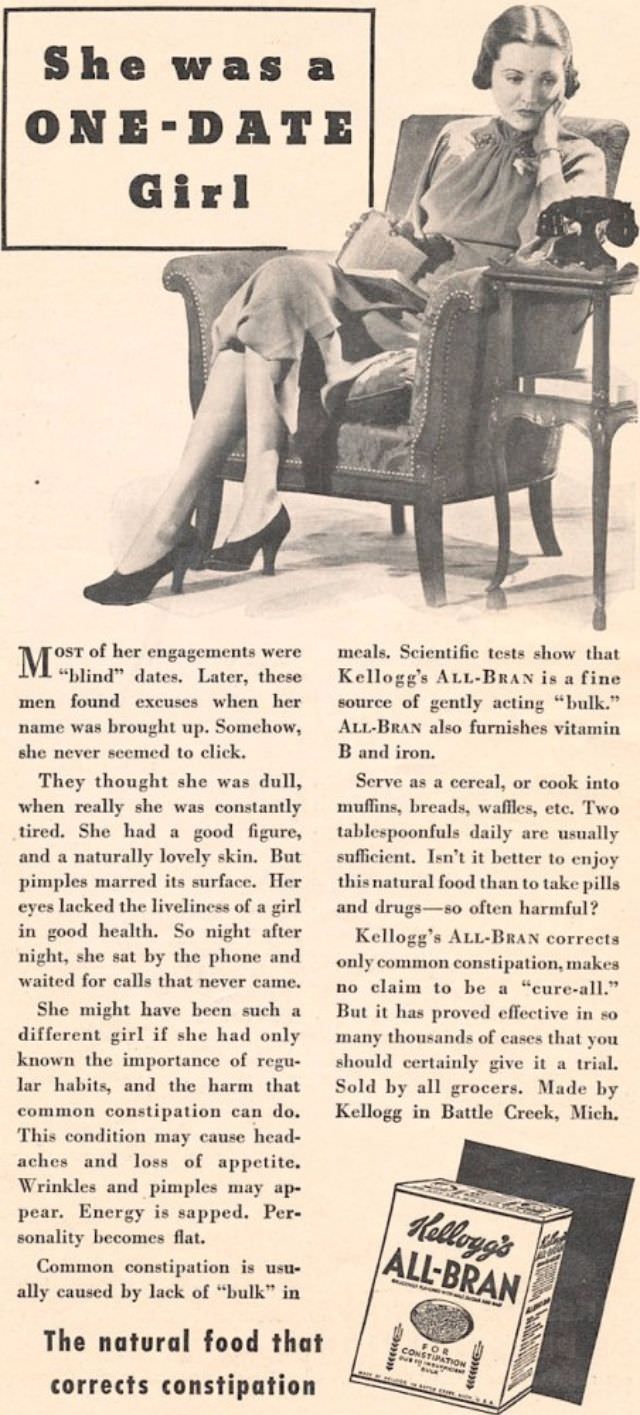








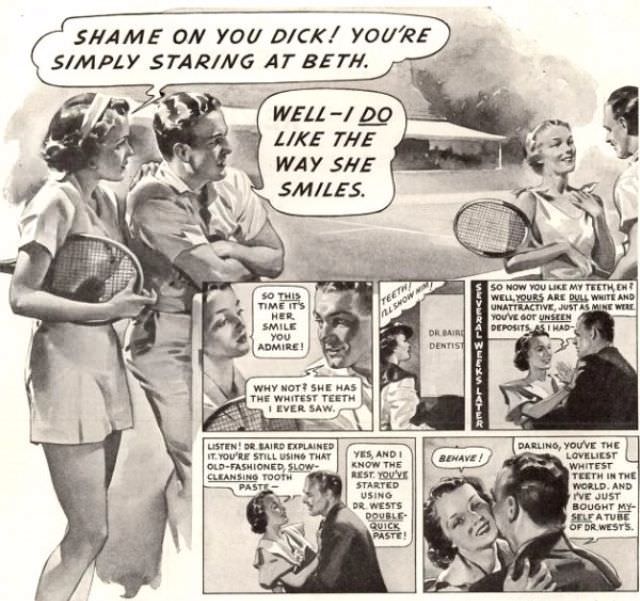



I’m fed up with them all. Simply put, you stink, you’re ugly, you’re fat, you’re too thin, and most of all, your vagina stinks.
“Outrages Vintage Ads so triggers me.”
First of all, these ads make me so mad. Secondly, do women put Lysol on their vagina?
It was a standard method of birth control.
Are you being serious?
Sadly, yes. The original advertised use of the product might have been feminine hygiene (slyly implying birth control).
There are so many contradictions in marketing. I doubt that most women of the day were offended by these ads just because we are now. At the very least, they were unaware of them. It stands to reason that ad companies will make money by playing into whatever trend is most famous–see Dove for an example
Such gold content. These old ads are vile, but I love them for their absurdity.